
This year may be one of the most historic for states lowering income tax rates across the nation. So far, at least six other states have joined Iowa in passing tax cuts, while many more have tax reform legislation under consideration. The graph above illustrates the new rates that will be delivered to individual taxpayers in their respective states.
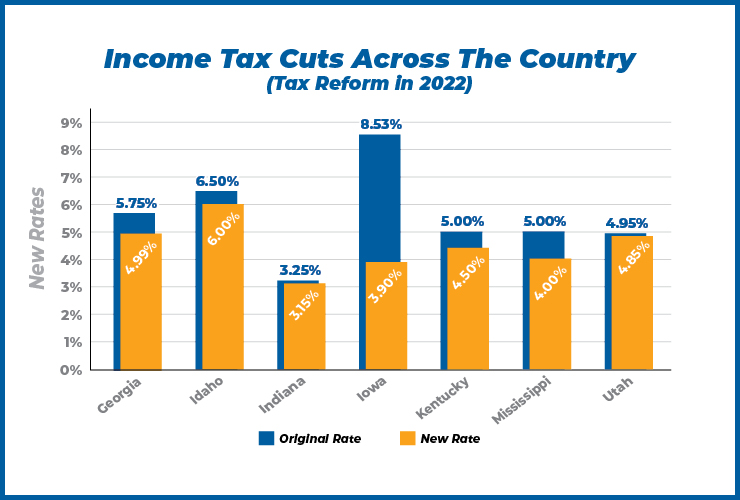
The states that have cut their rates are forcing their neighbors to take notice. This is certainly the case for Iowa, which is moving to become a pro-growth leader in the Midwest.
The most recent ITR Foundation Poll determined how Iowans really feel about ESAs when asked:
Do you support or oppose a plan to allow parents to spend their child’s share of state educational funding at the public or private school of their choice?
What may be surprising is where, geographically speaking, support for ESAs is the strongest. There is a belief that rural Iowans are not interested in school choice, but the data doesn’t bear that out. The strongest net favorability for ESAs (+21.8%) was from Iowans in rural communities.
While we are poking holes in common misperceptions, here’s another data point that may be surprising to some: support for ESAs was strongest among those making less than $50,000 per year (+25.4%). This gets right to the heart of the matter. Iowans believe having educational options shouldn’t be limited to those with higher incomes, and private schools need to be within reach for all students.

But we can also take a step back from all the numbers, charts, and research on the issue of school choice, and apply some basic common sense to the issue. Why do some want to single out K-12 education, and restrict the choice Iowans have to only government-run options? Let’s not forget what public funds truly are anyway- they are dollars collected from the taxpayer and then used for the public good; educating our students certainly seems to fit the definition of the public good.
Support for providing school choice should be boiled down to one simple premise: parents must be enabled to choose the best educational path for their children. A one-size-fits-all approach to delivering education in our splintered society doesn’t seem to work anymore.
Americans have less money than they had last year—though taxes haven’t been raised. So what’s the problem? Inflation, which has increased at a 40-year high annual pace of 7.9%. It acts as a hidden tax because we don’t see it listed on our tax bills, but we sure see less money on our bank accounts.
In fact, inflation-adjusted average hourly earnings for private employees are down 2.8% over the last year. This means a person with $31.58 in earnings per hour is buying 2.8% less of a grocery basket purchased just last February. “For a typical family, the inflation tax means a loss in real income of more than $1,900 per year,” stated Joel Griffin, a research fellow at The Heritage Foundation.
Real Clear Policy and The Waterloo-Cedar Falls Courier both took note of the piece we wrote with our friend, Vance Ginn, about the impact of inflation.
Read More about the tax increase hidden in plain sight.
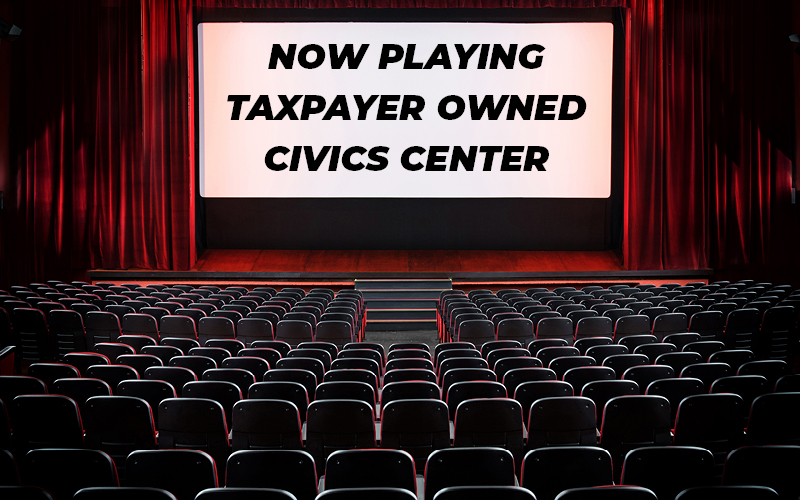
Most citizens expect the property taxes paid to their city to be used for road maintenance, snow removal, building maintenance, and of course, public safety. These activities are all considered core government services and functions. However, in current times we see some of our city governments spending considerable dollars on things that could be better managed by the private sector – and that’s a problem.
When local governments use taxpayer funds to subsidize highly specialized recreational activities, they are benefiting a tiny segment of the community at the expense of the whole community. The general taxpayer should not have to fund these projects, not only because they do not benefit most people, but because these city-owned services also unfairly compete with the private sector. The taxpayer cost of these subsidized activities is not just the direct tax subsidy, but also the lost tax revenue that would have been paid by private providers.
To understand where our property taxes are going, we need to focus on the General Fund for cities.
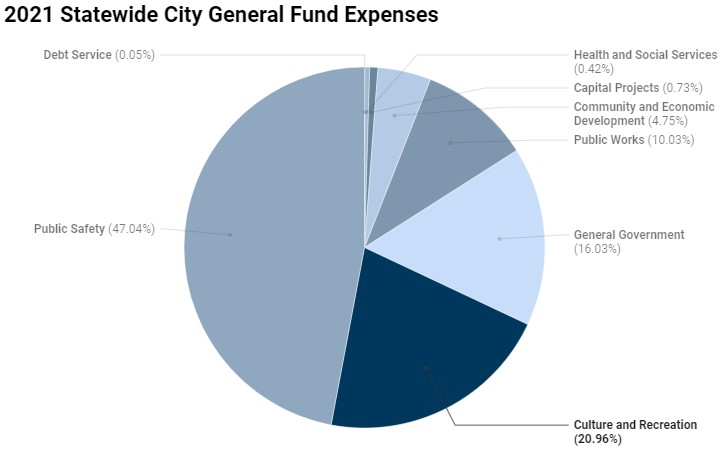
The focus of city budgets should be on essential government services and making sure those services meet the needs of its business and citizens. However, the second largest expenditure using our property tax dollars by cities is on culture and recreation.
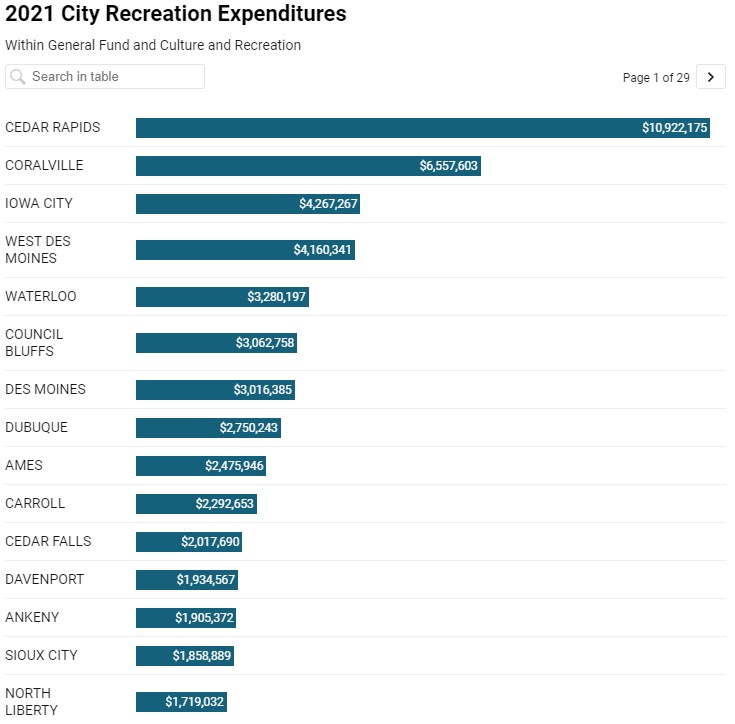
And if you want to learn more about the author of this article, our new Research Director, Sarah Curry, check out this piece that explains why she and her husband chose Iowa to raise their family.
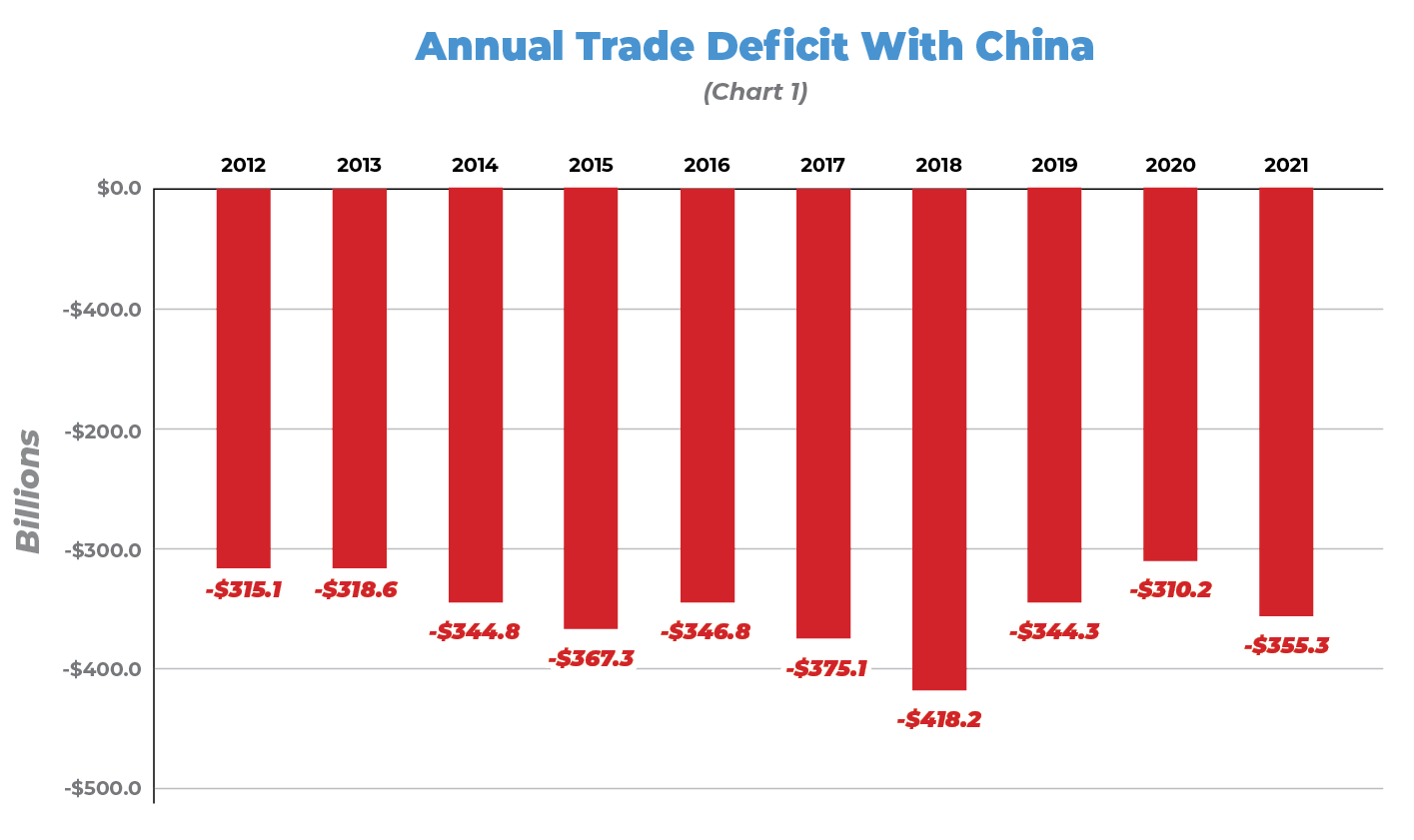
There is an endless amount of data to illustrate trends in American trade. Perhaps our leaders should pause for a moment and examine the impact of those trends beyond purely a dollars and cents calculation. Are there other outcomes that are more difficult to quantify? Have we become overly reliant on foreign trading partners and if so, what does it mean for the supply chain or even national security?
Seeking out foreign trading partners has undoubtedly helped consumers by making many goods more affordable. It has benefited businesses with lower input costs, a lighter regulatory burden in certain countries, and additional markets in which to sell their products. Living in Iowa, we must acknowledge all the benefits our agriculture producers, for instance, have reaped as they have exported food around the globe.
Nonetheless, as America’s trading strategy is further refined, is there a broader view our policymakers could be taking? How much should the threats Hamilton and Washington warned about over two centuries ago factor into the next rounds of trade agreements? This country’s leaders will have plenty to consider beyond the sum total of economic activity.
Check out this article which sheds light on how two of our most influential Founding Fathers viewed America’s trade policy.
